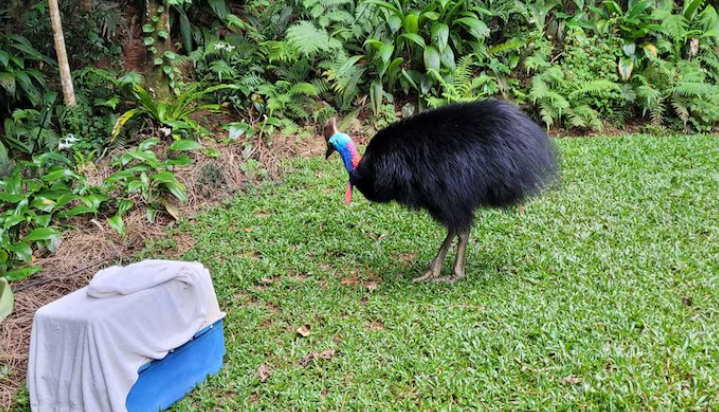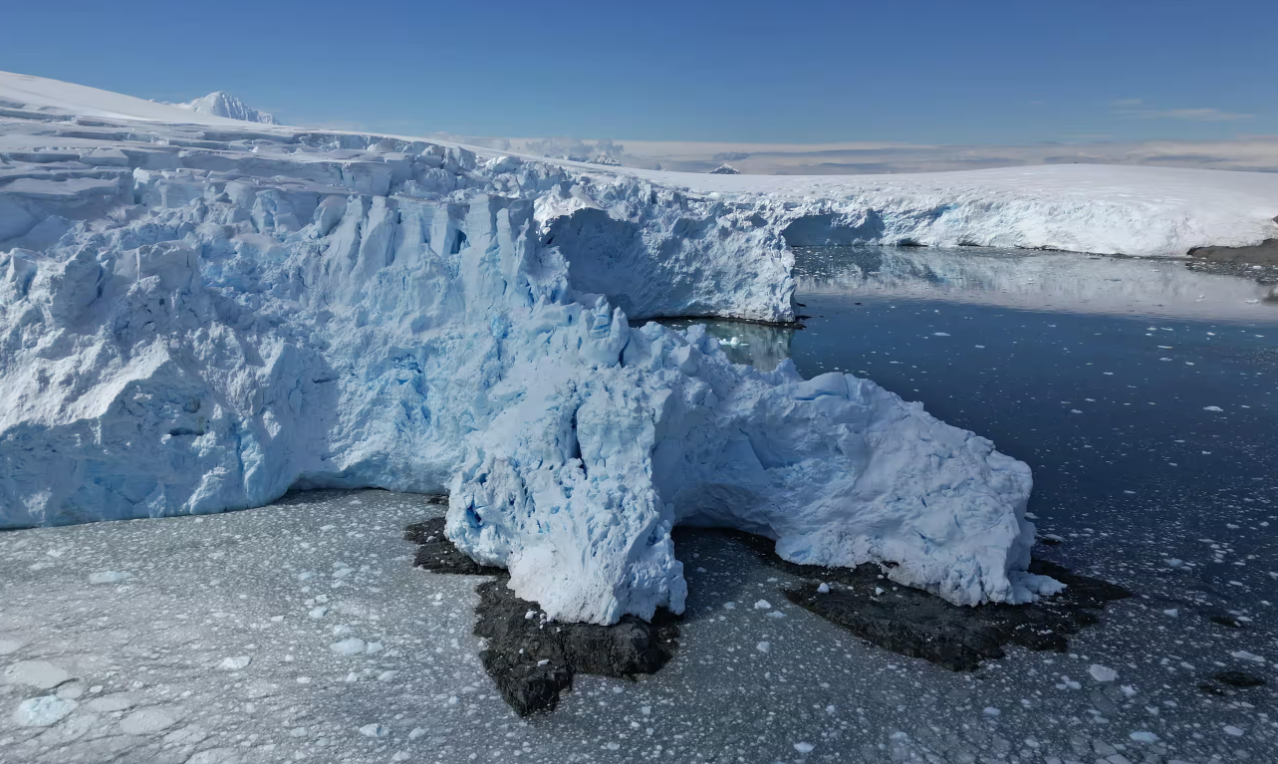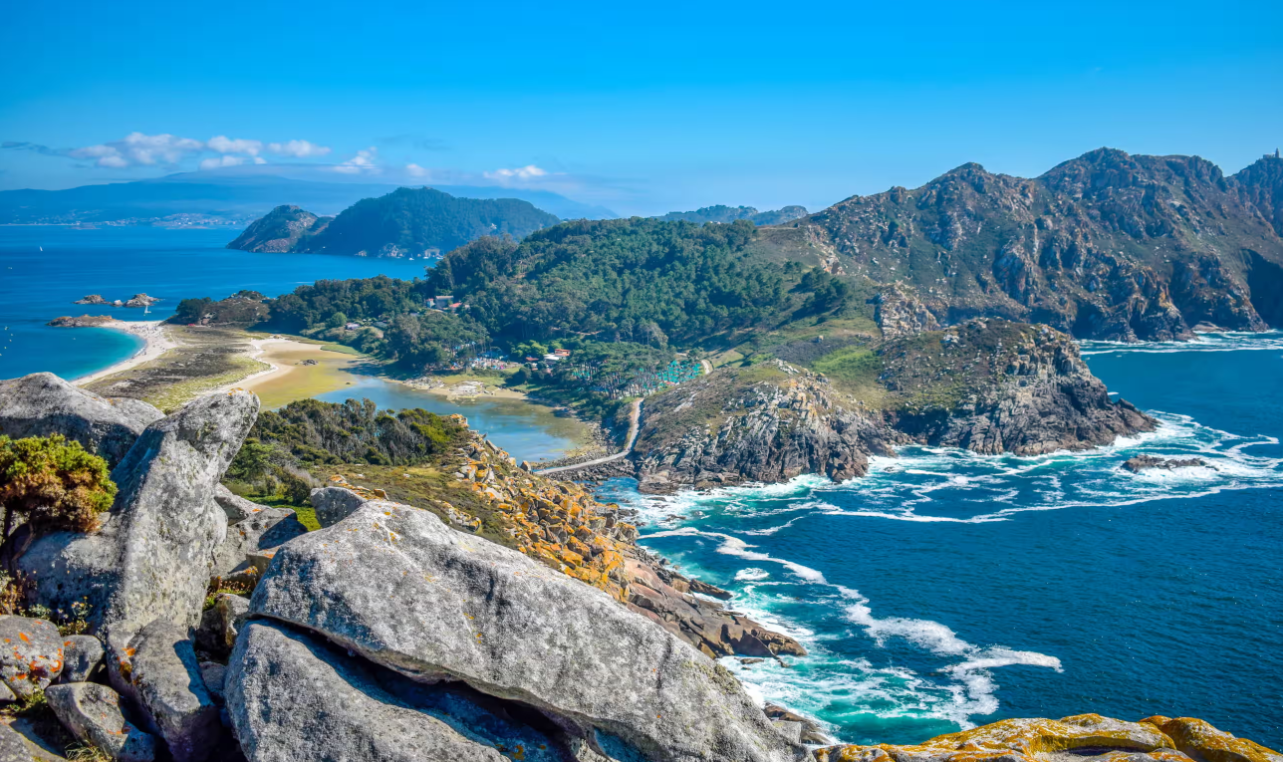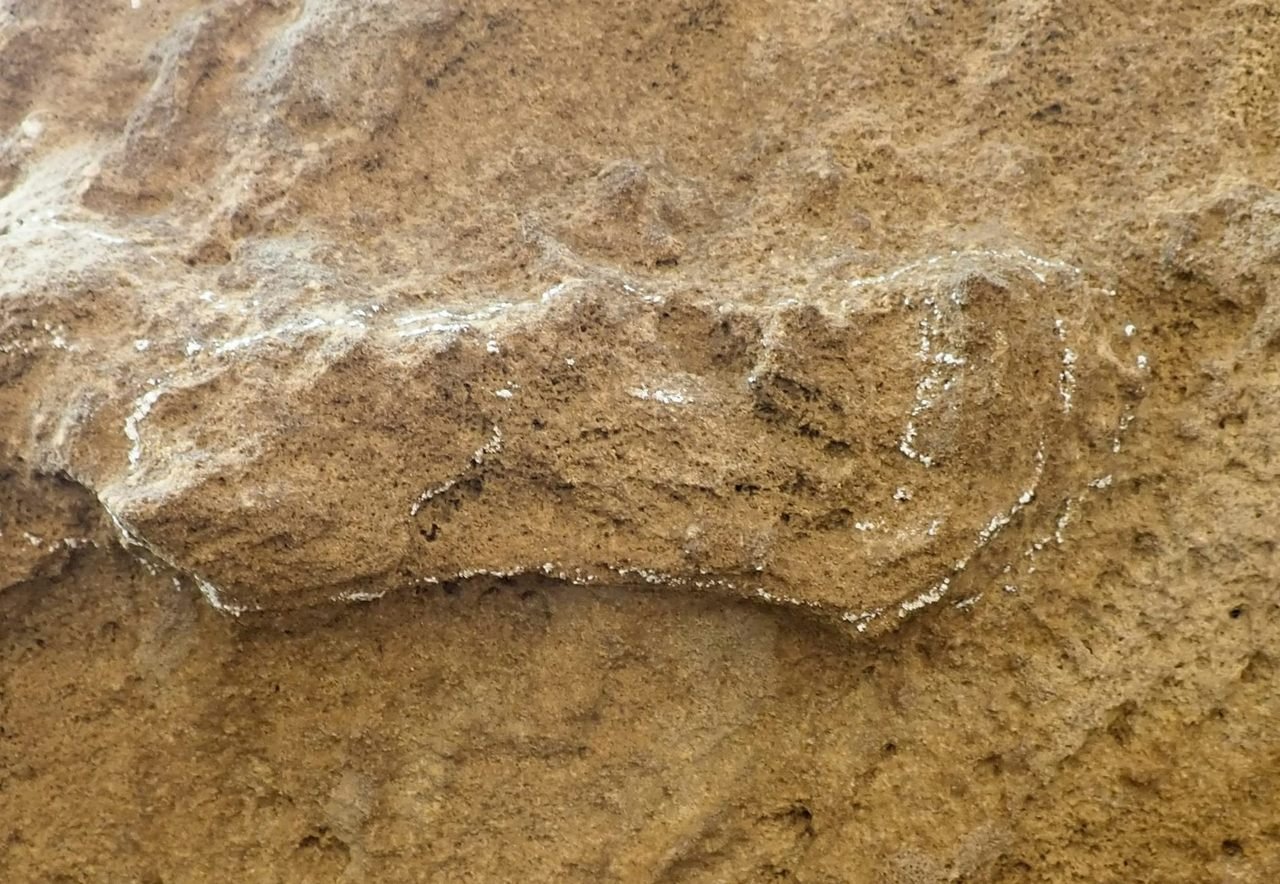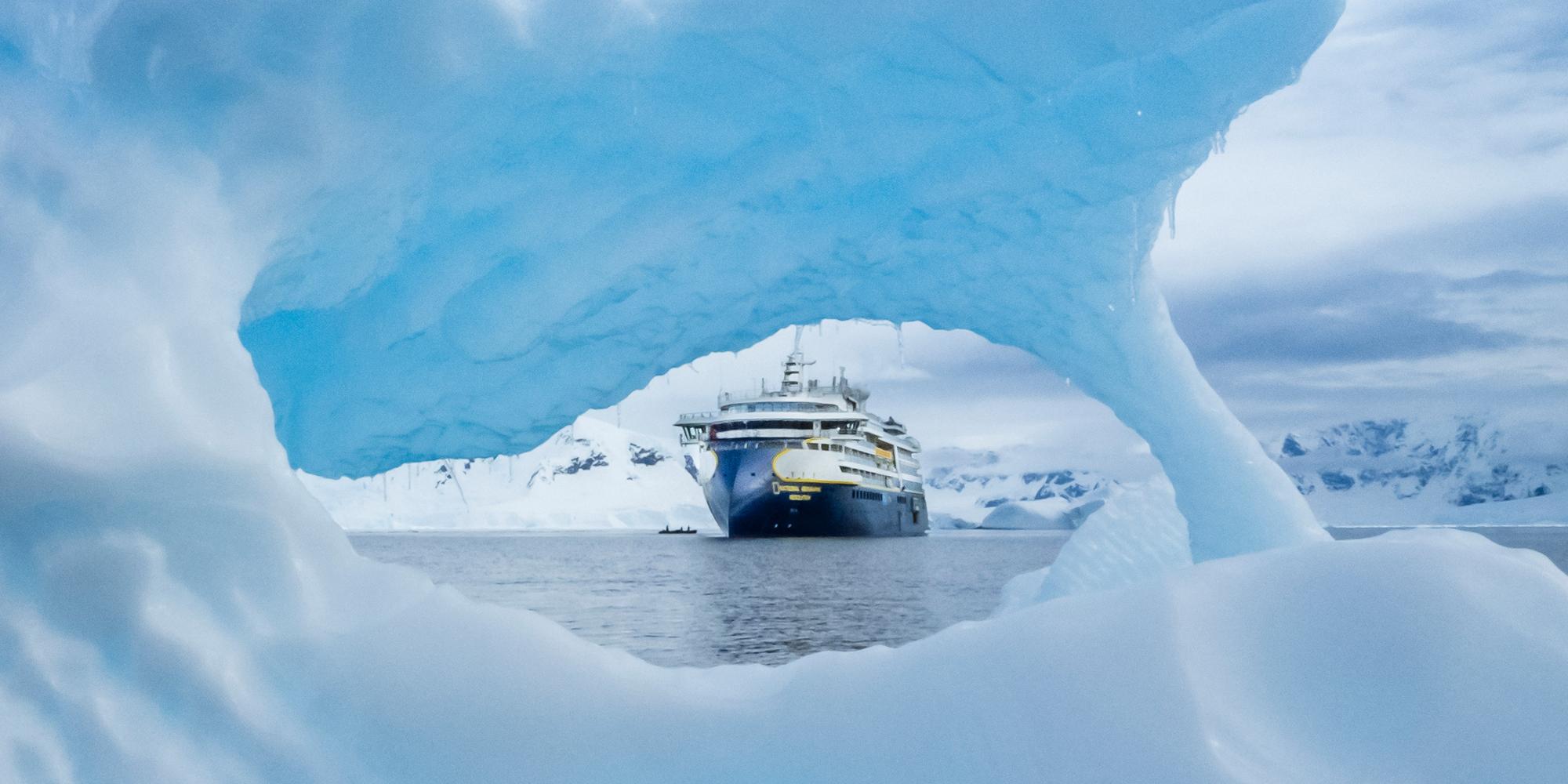
When Was Antarctica Last Ice-Free? Uncovering the Ancient Climate History of Earth’s Coldest Continent
Antarctica, the coldest and most remote continent on Earth, is now covered by miles-thick ice sheets. Its frozen surface extends for millions of square miles, creating an almost alien-like environment where very few life forms can survive. However, Antarctica hasn’t always been locked in ice. In fact, millions of years ago, the continent was ice-free. But when exactly did this happen, and what led to the freezing transformation we see today? In this article, we’ll uncover the mysteries behind when



